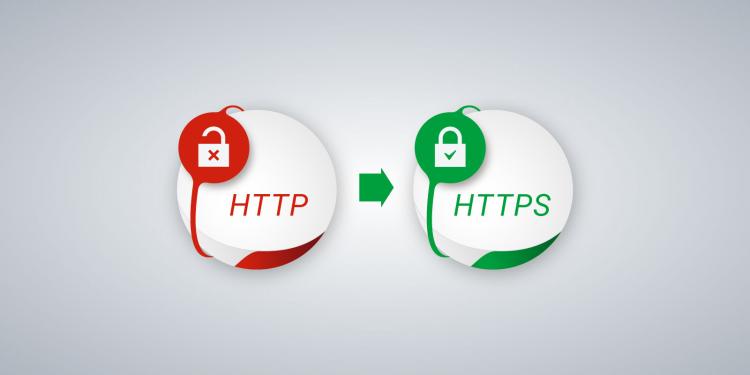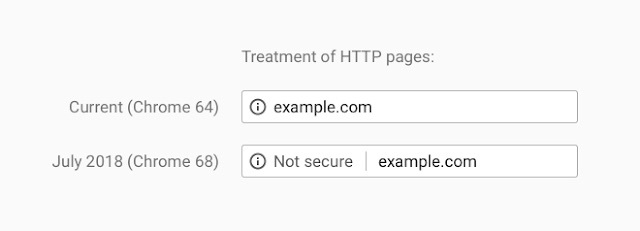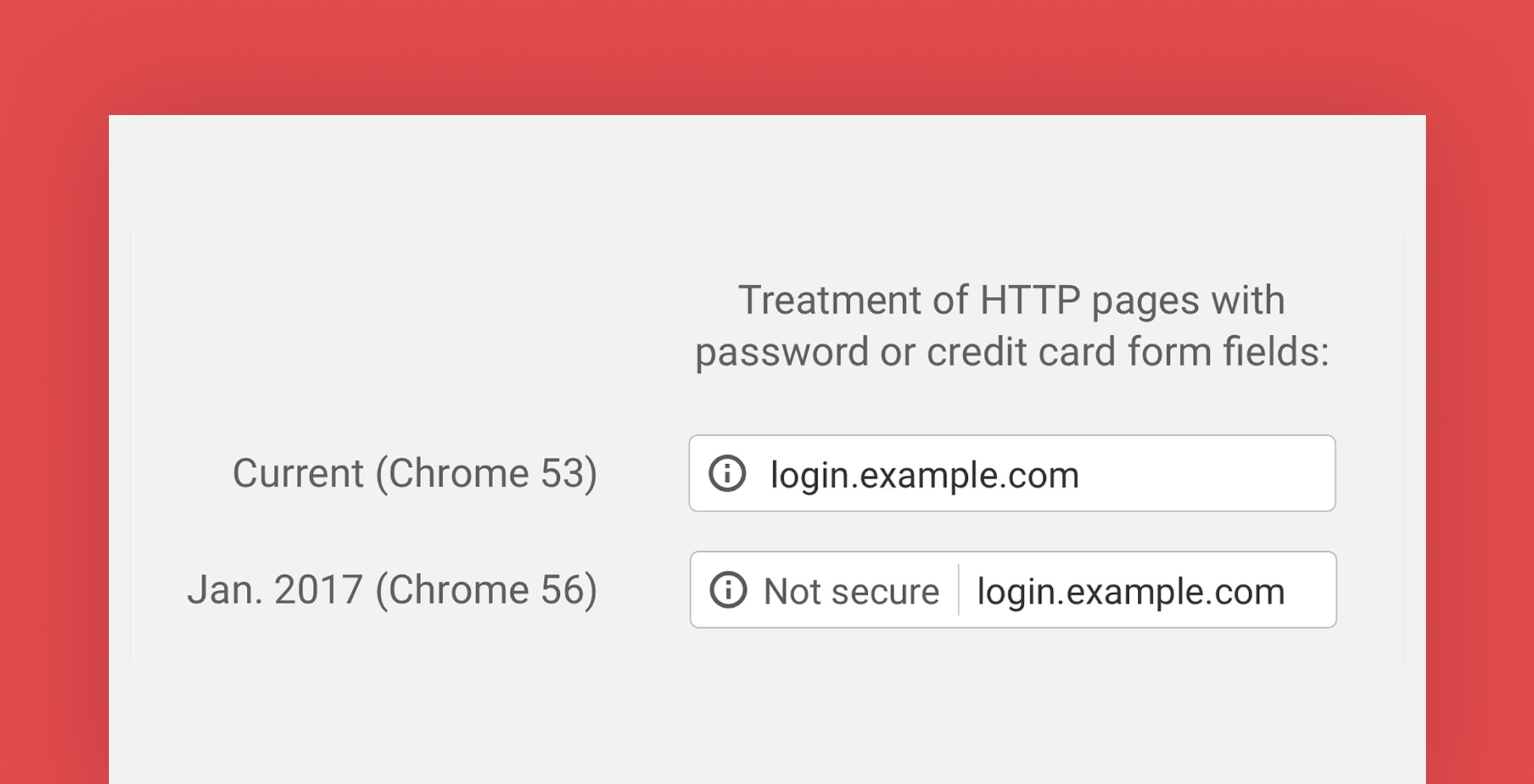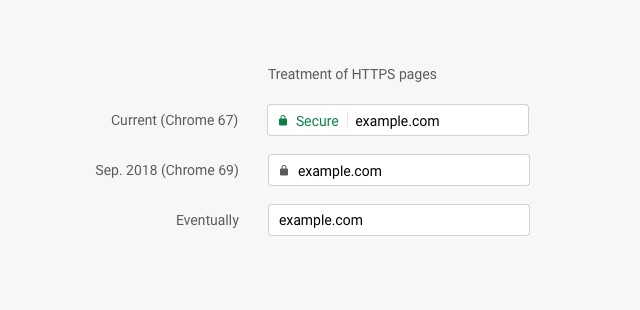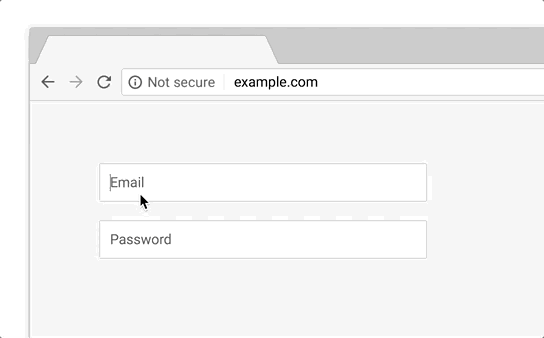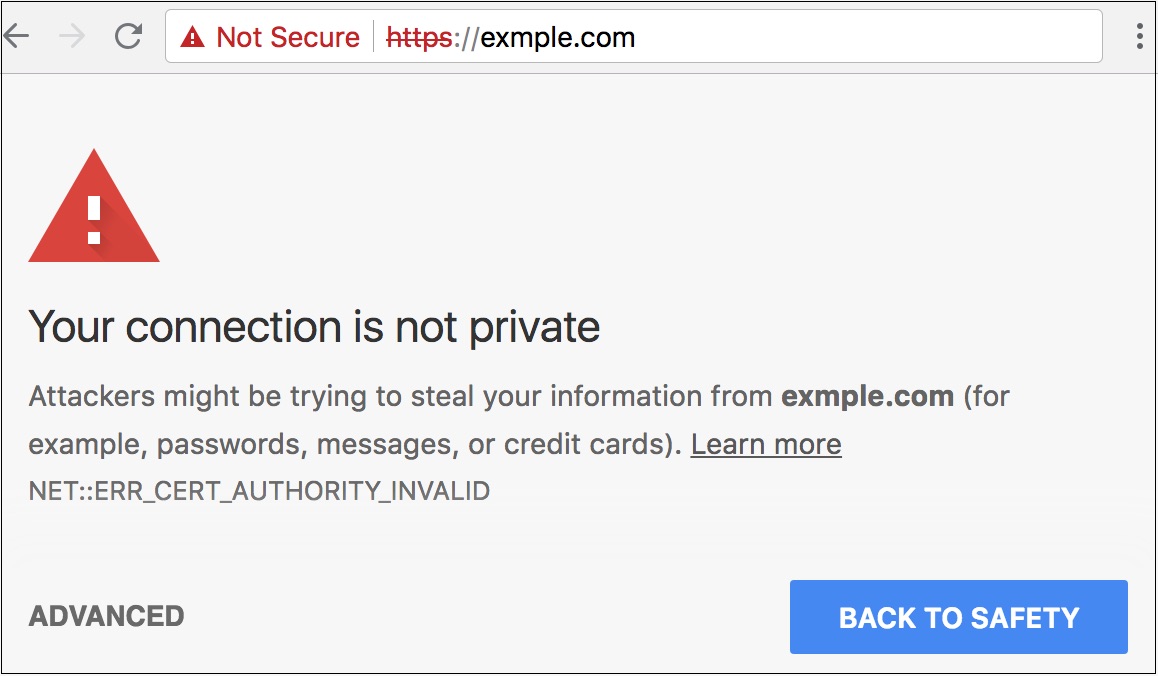Therefore, the authentication gives your users the confidence you are who you say you are, which is important when you’re engaging with them in any way whether they’re providing an email, credit card or simply reading articles.
How data integrity helps you
Ensuring perfect preservation of communication over the internet is another guarantee HTTPS provides. When a user communicates with a website over HTTPS, the browser takes the input of that communication and using a one-way hashing function creates a unique “message digest”: a concise, alphanumeric string. The digest may only be reliably recreated by running the exact same input through the same hash algorithm irrespective of where and when this is done. For each request the user makes to the website, the browser passes a message digest alongside it and the server then runs the input it receives from the request through the hash algorithm to verify it matches the browser-sent digest. Since it is nearly computationally impossible to reverse engineer these hash functions, if the digests match, it proves the message was not altered in transit. Again, no such data integrity preservation is possible over HTTP, and there is therefore no way to tell if a message has been altered en route to the server from the browser.
What encryption does for you
Communicating over an unencrypted HTTP connection allows for some easily exploitable security risks in the case of authentication to a site. To demonstrate how easy it can be to take over someone’s account on an HTTP connection, a tool called Firesheep was developed and openly released in mid-2010. Major social media platforms Facebook and Twitter, were both susceptible to this exploit for some time after Firesheep was released. The identity theft is carried out through a means called session hijacking. With Firesheep installed, a few clicks could log you in as another user who was browsing over WiFi nearby on any HTTP website. This form of session hijacking is possible when the authentication cookies, small identifying pieces of information that live in your browser while you’re logged into a site, are transmitted to the server on each request over HTTP. Over WiFi, these messages are broadcast in plain text and can be picked up by anyone listening. HTTPS prevents this since the communication is encrypted and unintelligible to eavesdroppers.
In the example of a CMS like Drupal or any other system in which there is a login, if an administrator with elevated site permissions is logged in over HTTP, they’re subject to the same risk if that traffic is monitored or “sniffed” at any point along its path from the browser to the server. This is especially easy over WiFi but is not relegated to only WiFi. The cookies are sent to the server upon every request, regardless of whether or not the user entered their password during the active session or not. Depending on the admin’s privileges, this access can be easily escalated to complete control of the website. Encryption is a big deal.
HTTPS is required for the modern web
One of the more promising developments of the last few years is the pervasiveness and effectiveness of Progressive Web Apps (PWAs). PWAs is the name coined for a set of technologies that provide a feature-set for mobile browsing akin to native applications yet is entirely served through the web browser. PWAs require all communication to be done over HTTPS. Some of the possibilities with PWAs that were previously relegated to native applications only are:
- Providing content and services based on the user’s location data
- Providing interaction with the user’s camera and microphone within the browsing experience
- Sending push notifications
- Serving off-line content
If you aren’t taking advantage of any of these features that are possible through PWAs, it’s something your organization should strongly consider to further engage users. Before the ambitions to be on feature parity with native applications are fully borne out, PWAs will continue to evolve the power of layering deeper engagement with users on top of your existing mobile experience with minimal effort. PWAs simply does not work over HTTP. HTTPS is required to open the door to their possibilities.

